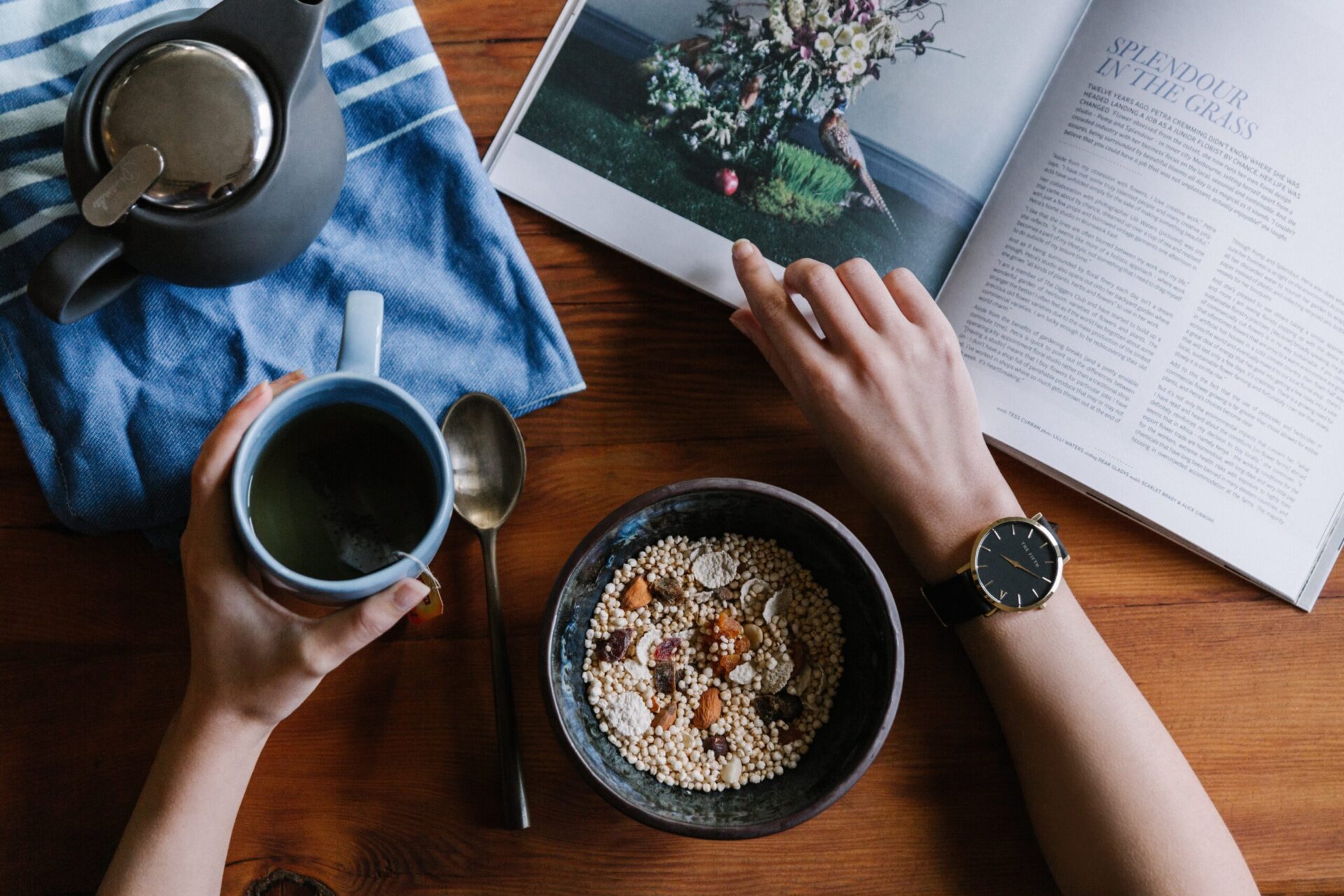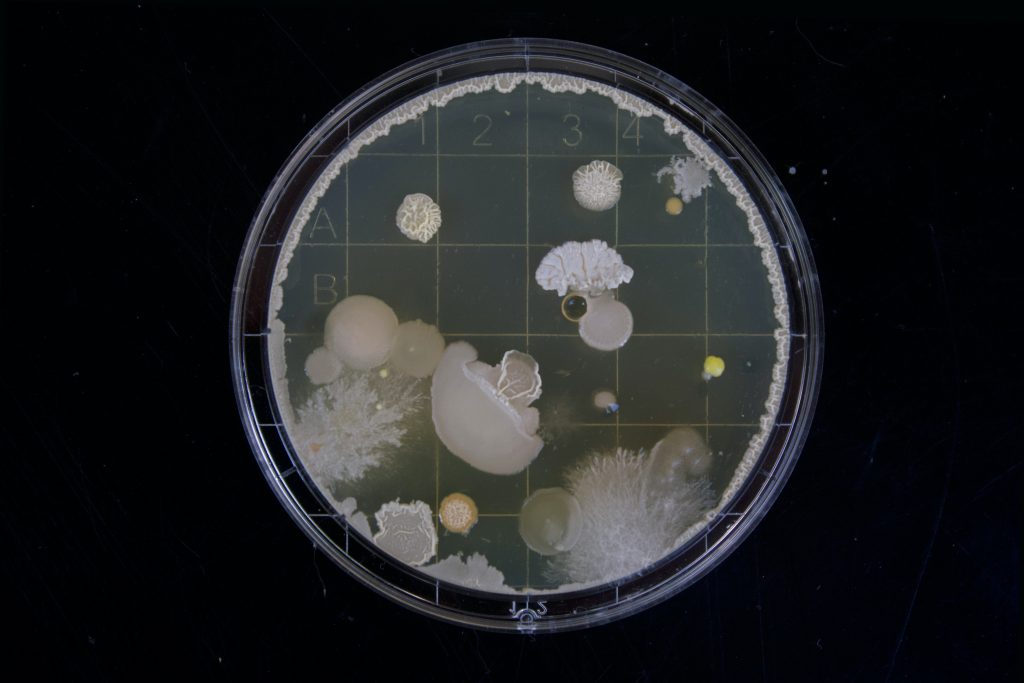As you would have gathered from our previous blogs, histamine has a large role to play in allergic symptom presentations.
What you may not have known is that our diet can contribute to histamine levels in our body, and through moderating our intake of certain foods, we can help reduce our symptoms when needed.
This diet is not intended to be used strictly long term as it is quite restrictive of some nutritious and great foods! Rather it is preferably used alongside lifestyle interventions and further root cause treatment with your Naturopath or other healthcare provider, and for intermittent or acute situations, such as during spring or in an acute flare to reduce symptoms, while the root causes are attended to. Long term some foods from the list may be swapped for an alternative, however with treatment of the root cause of your symptoms, the diet should not need to be strictly adhered to.
In saying this, I think it is really insightful to understand how food may be contributing to your allergic symptoms. Knowing that opting to not have a coffee with soy milk may stop you sneezing through the big presentation you have that day, can help you feel empowered and in control of your health. So without further adieu let’s get into it!
A Bit About Histamine:
Histamine as explained previously is one of our bodies defense systems, being released in response to allergens to help clear them from the system. Histamine also acts as a neurotransmitter, supporting a range of bodily functions including digestion and mental health.
Histamine balance is maintained through a healthy immune system, in which only releases histamine when necessary, as well as 2 enzymes called DAO and HMNT, which rapidly break down and eliminate histamine from the system when functioning optimally.
There are a few ways in which your diet can modulate your histamine levels and expression.
- Some foods are naturally higher in histamine
- Some foods naturally inhibit the function of the DAO enzyme (the enzyme which helps to break down and clear histamine).
- And some foods may not be high in histamine, but they trigger histamine release in the body.
The Key to a Low histamine diet, is keeping it FRESH. Histamine is primarily found in foods which have been aged, fermented, cured, cultured, smoked, and slow cooked, i.e foods which are not fresh. Cooking methods can also impact histamine levels in food, generally boiling is better than frying or grilling when trying to control histamine levels in food.
Foods to Be Wary of and Foods to Enjoy!
Flour and grains
Avoid: pastry, wheat, malt, wheat germ, yeast.
Enjoy: Gluten free grains; rice, quinoa, buckwheat
Fats and oils
Avoid: Walnut oil, peanut oil,
Enjoy: Olive oil, coconut oil, coconut butter, pure nut butters, fish oil
General
Avoid:
- Fermented foods, including sauerkraut, soy sauce, kefir, kombucha, Kimchi
and other leftover meats.
- Fermented or microbially ripened products
(e.g. alcoholic products, vinegar, yeast, bacteria).
- Perishable fresh produce with inadequate/uncertain freshness or an interrupted
cooling chain.
- Canned, opened or semi-finished products.
- Kept warm or reheated food (especially fish, meat and mushroom dishes)
- Products with a long storage time.
Enjoy: Fresh, unprocessed, or little processed basic foods. The more perishable and protein-rich it is, the more important the freshness is.
| Food Group | Avoid | Enjoy |
| Flour and grains | pastry, wheat, malt, wheat germ, yeast. | Gluten free grains; rice, quinoa, buckwheat |
| Fats and oils | Walnut oil, peanut oil | Olive oil, coconut oil, coconut butter, pure nut butters, fish oil |
| General |
and other leftover meats.
(e.g. alcoholic products, vinegar, yeast, bacteria).
cooling chain.
| Fresh, unprocessed, or little processed basic foods. The more perishable and protein-rich it is, the more important the freshness is. |
| Dairy | In general, dairy should be avoided. Yoghurt, matured cheese: hard cheese, semi-hard cheese, soft cheese, processed cheese, fondue; aged cheese: blue cheese, mould cheese and aged Gouda. | Very occasionally fresh goat milk, sheep milk and butter are permitted. Non-dairy milks. |
| Meat and Eggs | Processed, smoked, canned, cured, dried, marinated, preserved meat, including bacon, salami, pepperoni, luncheon meats, sausages and hot dogs. | Freshly cooked meat, eggs (chicken, quail), fresh coconut meat. |
| Fish, Seafood , Shellfish | Canned fish, marinated, salted, dried, smoked or pickled fish and seafood. Certain fish species such as: tuna, mahi mahi. Shellfish (mussels, lobsters, crabs, shrimps, prawns). | Freshly caught fish. Frozen fish such as pollock, cod, trout, white fish, perch, organic pangasius. (Frozen for no longer than a few weeks. Thaw quickly and use immediately! try not allow to thaw slowly in the refrigerator!) |
| Vegetables | Eggplant, spinach, tomatoes (including ketchup, tomato juice), olives and pickled vegetables. | Fresh vegetables (excluding spinach, eggplants and tomatoes). |
| Legumes | Chickpeas, lentils, beans, soy products such as tofu. | |
| Fruits | Overripe fruits. Citrus fruits such as lemon and orange, strawberries, raspberries, bananas, pineapple, dried fruits, avocados, kiwi, pears, papaya, guava. | Fresh apple, peach, apricot, melon, mango, persimmon, lychee, cherries, sour cherries, blackberries, coconut, blueberries, cranberries. |
| Herbs and condiments | Vinegar (especially wine vinegar, balsamic vinegar), mustard, olives, pickles. Yeast extract, flavour enhancers (glutamate, sodium glutamate), bouillon, broth, soy sauce, Fish sauces. | Fresh leafy herbs. Freshly ground spices – curry, cayenne, chilli, cloves, cinnamon, nutmeg. Apple cider Vinegar. Table salt, garlic (fresh or powdered), culinary herbs, mild spices. |
| Nuts and Seeds | Long-stored nuts such as peanuts, cashew nuts, walnuts, almonds, pistachios. | Hemp, chia, macadamias, chestnuts, Flax seeds. |
| Sweets | Chocolate, white chocolate, carob, sugar. | Honey, Maple syrup, monk fruit, stevia. |
| Beverages | Alcoholic beverages, soy milk, energy drinks, coffee, juices and soft drink, yerba mate, black tea | Water, coconut milk, almond milk, coconut water, herbal teas such as rooibos, juices (excluding those on the avoid list) |
Sample Diet Plan:
Breakfast:
Freshly cooked quinoa porridge with coconut milk and
blueberries
Snack:
Protein balls (coconut oil, almond meal, rice protein and
honey)
Lunch:
Low histamine lasagna with kale salad – Recipe:
https://histaminefriendlykitchen.com/low-histamine-lasagna
Snack:
Tropical fruit salad (mango, lychee, blueberries and
apples) with hemp seeds
Dinner:
Fresh salmon, with caulifower rice, mushroom and
asparagus
Drinks:
Pomegranate and fresh mint mocktail (fresh apple juice,
pomegranate, sparking water and mint)
So there you have it, as stated previously this diet is not meant to be for long term use, and is for best results it is used whilst working alongside a practitioner to treat the underlying root cause of your allergies with diet, lifestyle, herbal and nutritional support.
To book a consultation head to the link here, or to read more about our practitioners head here.
References:
Chung, B. Y., Park, S. Y., Byun, Y. S., Son, J. H., Choi, Y. W., Cho, Y. S., Kim, H. O., & Park, C. W. (2017). Effect of Different Cooking Methods on Histamine Levels in Selected Foods. Annals of dermatology, 29(6), 706–714. https://doi.org/10.5021/ad.2017.29.6.706
https://bioconceptsengage.com.au/eresources/antihistamine-diet-plan—patient-flyer








